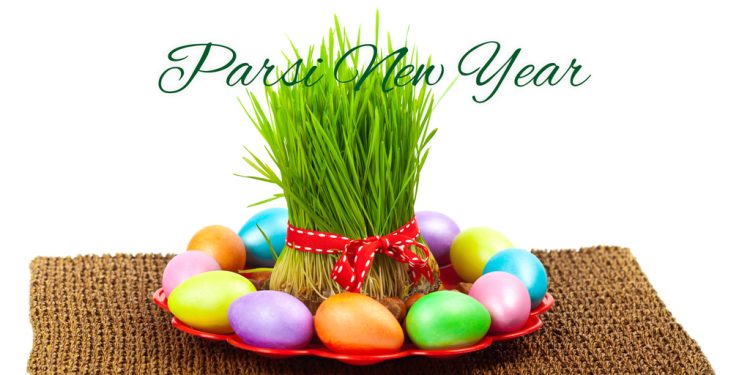
Parsi New Year
Parsi New Year is a holiday that originated in Iran but is now celebrated in parts of India, Russia, Syria, Turkey, Pakistan, and Iraq as well. It is commonly celebrated by the Faslis, Iranian Muslims, and Zoroastrians. While it is celebrated as a secular day for most religious groups, for Zoroastrians, it is considered a holy day. This holiday is also known as Navroz.
History
The Parsi New Year can be traced back to the Mithraic Mysteries practiced in the Roman Empire during the first century AD and later to Zoroastrianism. It is commonly believed that Zoroaster himself invented this holiday. Many of the ritualistic elements of this holiday can be directly linked to the festivals of Tiregān and Yalda.
In modern times, this holiday was traditionally an Iranian holiday. However, the collapse of the Soviet Union allowed many of the Central Asian countries and countries across the Caucasus Mountains to adopt this holiday for themselves.
Customs, Traditions And Celebrations
For many cultures, preparation for Parsi New Year begins several weeks before the actual holiday. During this time, children are usually on holiday from school, and people prepare for the day by doing a traditional spring cleaning of their homes. Another common practice during this time is to buy new clothing and furniture.
Another tradition commonly observed is the preparation of the “Table Of Seven S’s.” This is a table set up with many symbolic objects. Below is a list of some of these objects and what they symbolize:
- Mirror – Reflection on the past
- Sumac – Spice of life
- Brightly Colored Eggs – Fertility
- Garlic – Good health
- Hyacinths – Spring
- Wheat Pudding – Sweetness of life
- Apples – Beauty
- Vinegar – Patience
It is also common for families to create great feasts during this time. Some of the foods that are often served at these feasts include a soup called Ash reshteh (made with noodles, whey, lentils, onions, and spring onion) and a rice dish called Sabzi Pollo (made with pilaf, dill, coriander, and other herbs). Many popular desserts are also served, and these include rice cookies called Naan Berengi, a sweet pastry called Baqlava, and sugar-coated almonds called Noghl.
Conclusion
The Parsi New Year is an important time of the year for many Faslis, Muslims, and Zoroastrians. It is not only a time to celebrate the coming of spring and reflect on the past but also an important social event that allows people to spend time with their families and loved ones.








